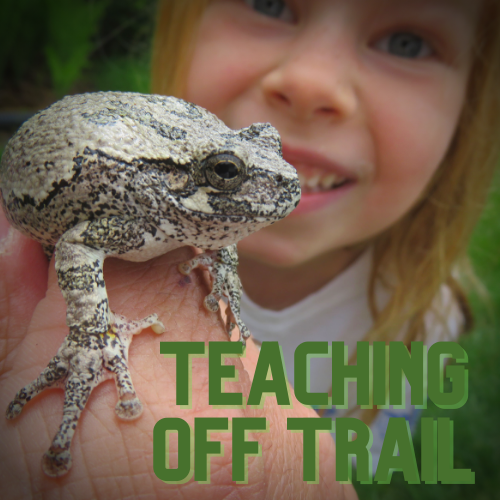Day 49 - Bale it up
The first time their supersized tractor came to start mowing, we were in awe, especially our son. I had never envisioned myself as being a tractor guy, but the smile on my son's face and the needs of this farm might force me into that role.
The first step in restoration was to get the land mowed down and have that mowed grass, otherwise known as thatch, baled and removed. Finding these farmer friends was a blessing because not only did they have the correct equipment and experience to complete the job, they were happy to bale the thatch up and take it to feed the cattle they cared for at another local property.
As they mowed and mowed and mowed some more, the look of the land changed and the vision of what it could become was a bit clearer. I enjoyed getting progress updates from my wife while at school and coming home to see the land’s new appearance taking shape. Because the land was wetter in some areas, the mowing had to be strategic. Stormy weather, a mechanical issue, an occasional need to get pulled from the softer portions of the land, and other harvesting jobs made the mowing schedule choppy, but when they weren't there, they kept the tractor in the field and the kids were sure to go investigate.
Over a matter of weeks, more and more of the land was mowed and baled. The next steps of our restoration plan were scheduled to start in spring. We weren't worried about the newly cut grass growing much more this season as winter’s chill was on the horizon and the grass wouldn't get to the point where it produced seeds before winter arrived.. In fact, at some point we were concerned the land might not get all mowed before the flakes flew. But the timing worked out and even though some consistently wet areas were left alone and the tractor couldn’t access the stands of dead ash trees, the vast majority of the land was prepared for the next steps of restoration.
The farm friends may have been done with the mowing job, but we were certainly not done with them.
